What is Givlaari (givosiran) for?
Givlaari (givosiran) is an aminolevulinate synthase 1-directed small interfering RNA (siRNA) indicated for the treatment of adults and children aged 12 years and older with acute hepatic porphyria (AHP). [1,4]
It is available in single-dose vial form containing 189 mg/ml givosiran.[1]
How does Givlaari (givosiran) work?
AHP is a rare genetic disorder in which one of the enzymes in the heme pathway is not functioning properly. Heme plays an important role in the body, because it helps bind and transport oxygen in the blood. The heme pathway is controlled in the liver by the enzyme aminolevulinate synthase 1 (ALAS1).[2]
Certain triggers can cause ALAS1 levels to increase, and this in turn causes the buildup of neurotoxic molecules called aminolevulinic acid (ALA) and porphobilinogen (PBG). ALA and PBG cause harm to nerve cells, and thereby cause the symptoms and (potentially life-threatening) attacks of AHP.[2] Givosiran is a double-stranded small interfering RNA that reduces levels of ALA and PBG. This helps protect patients against attacks and other symptoms of AHP.[1,2]
Where has Givlaari (givosiran) been approved?
Givlaari (givosiran) was approved by:
- The Food and Drug Administration (FDA), USA, on November 20, 2019 for the treatment of adult patients with AHP.[3]
- The European Medicines Agency (EMA), on January 31, 2020 for the treatment of adults and children aged 12 years and older with AHP.[4]
- The Pharmaceuticals and Medical Devices Agency (PMDA), Japan on June 23, 2021.
The FDA granted Givlaari (givosiran) Priority Review and Breakthrough Therapy designation. Givlaari also received Orphan Drug designation by the FDA and EMA, which is intended to encourage the development of treatments for rare diseases.[3]
Please note that this medicine may have also been approved in other regions than the ones we’ve listed. If you have a question about its approval in a specific country feel free to contact our support team.
How is Givlaari (givosiran) taken?
The standard dosage is:[1]
- 2.5 mg/kg actual body weight administered via subcutaneous injection once per month.
In case of a missed dose, Givlaari (givosiran) should be administered as soon as possible. Resume monthly dosing starting thereafter.[1]
If transaminase levels are significantly increased, dosage should be reduced to 1.25 mg/kg once monthly. When after dose reduction, transaminase levels are not significantly increased, the standard dose of 2.5 mg/kg once monthly may be resumed.[1]
Complete information about Givlaari (givosiran) dosage and administration can be found in the official prescribing information listed in our references section.[1]
Note: Please consult with your treating doctor for personalised dosing.
Are there any known adverse reactions or side effects of Givlaari?
Common adverse reactions
The most common adverse reactions (≥20% of patients) listed in the prescribing information include:[1]
- Nausea
- Injection site reactions
Serious adverse reactions
The serious adverse reactions listed in the prescribing information include:[1]
- Severe allergic reactions (anaphylactic reactions)
- Liver problems
- Kidney problems
- Injection site reactions

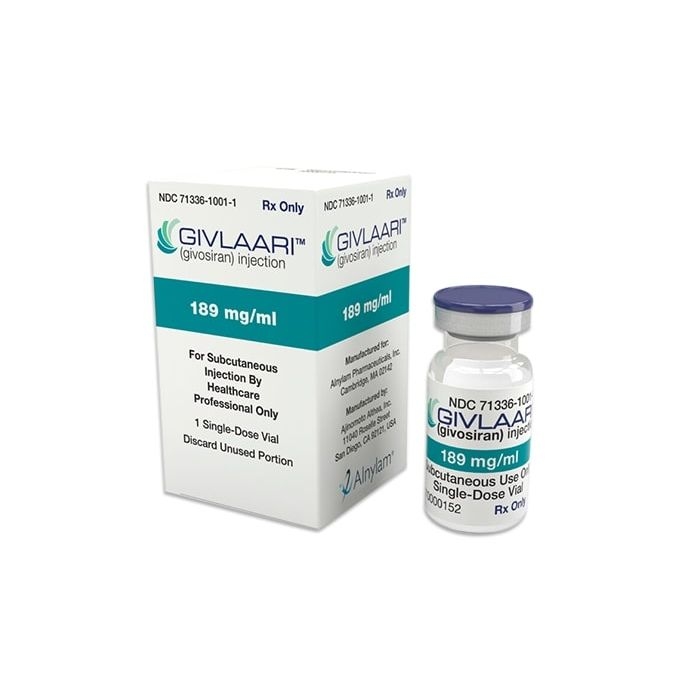

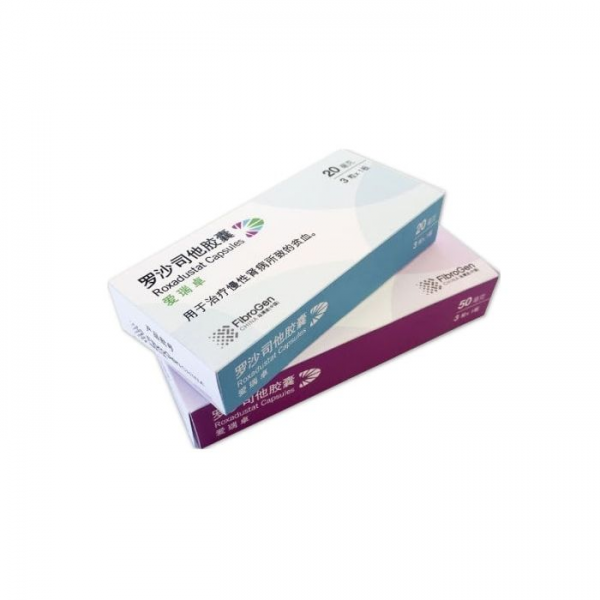
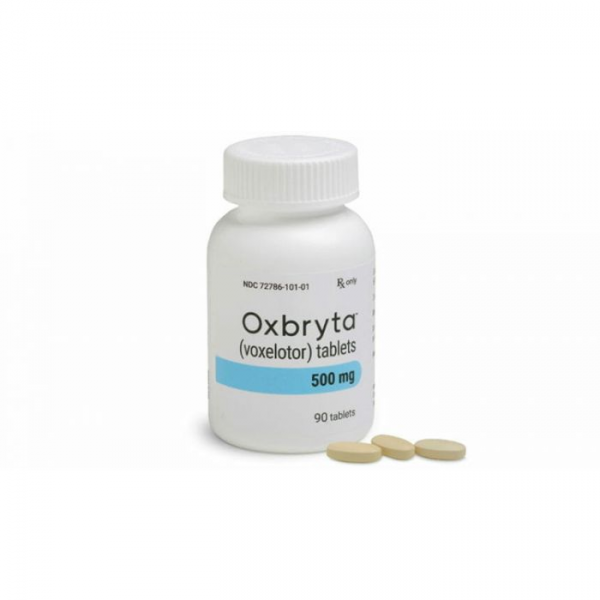

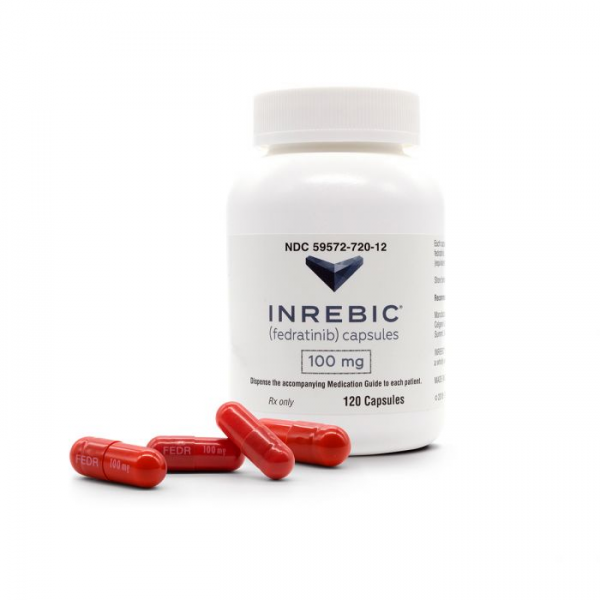
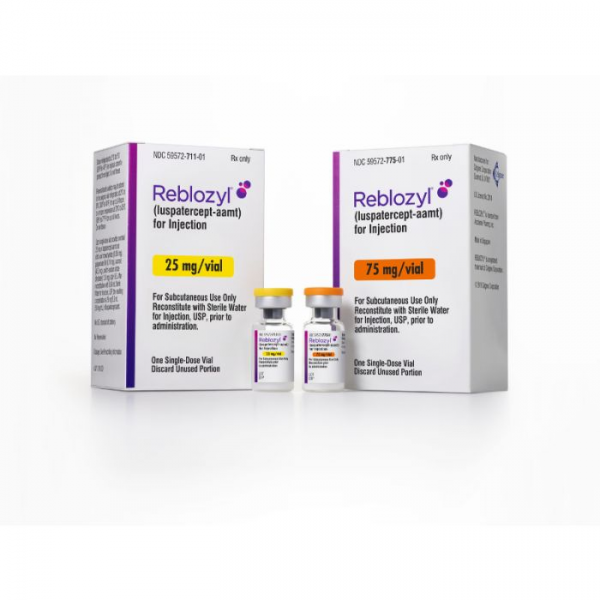
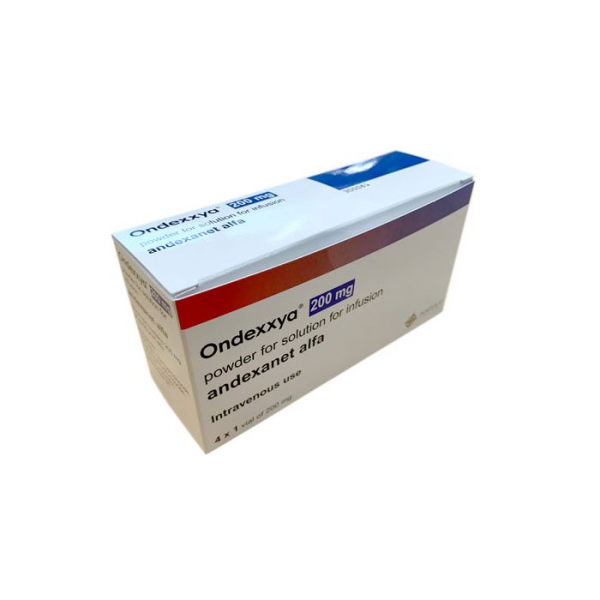

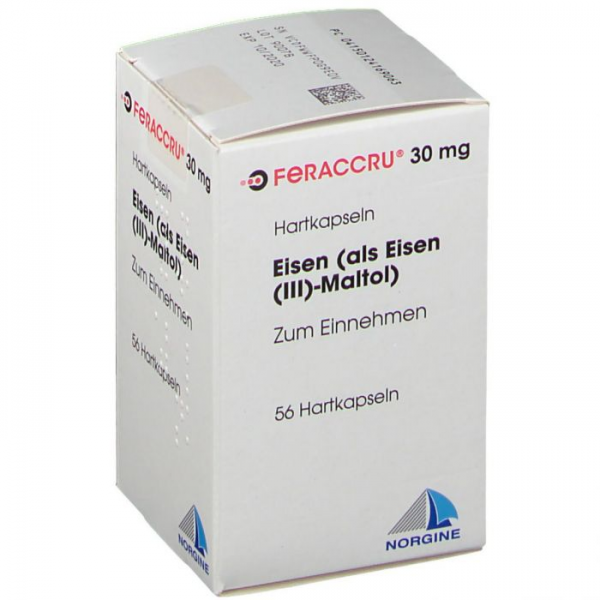
Reviews
There are no reviews yet.